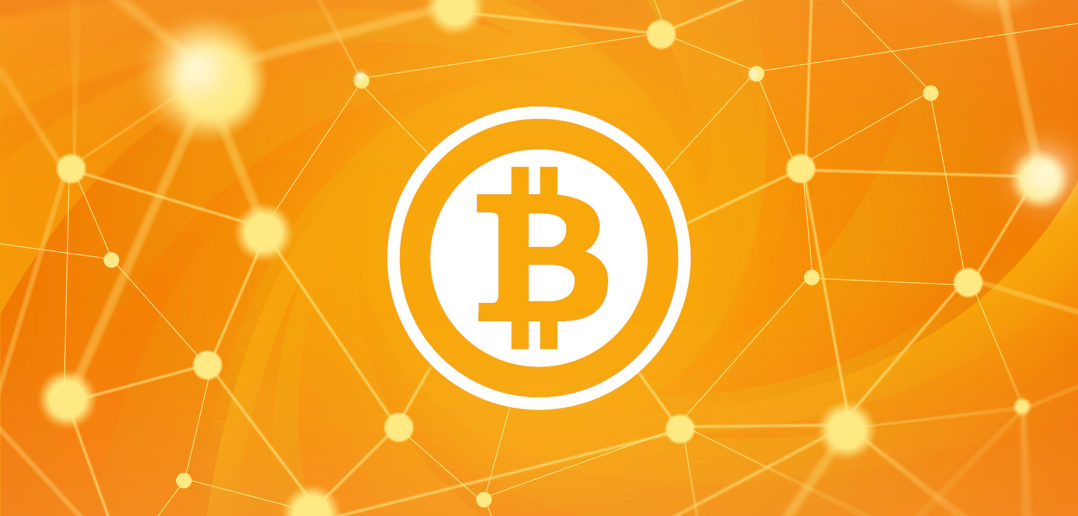Social media has penetrated individual and collective lives to a huge extent and consequently modified many of our online and offline behaviors. Public and private organizations worldwide would therefore greatly benefit from a better understanding of the fundamental principles governing the individual and collective behaviours of people connected through social media.
However, in spite of its massive use being very quite recent –at the scale of human evolution- recent neuroscientific studies hint at surprising effects of using social media on our brains: from correlations between the size and complexity of someone’s social networks and the volume of an emotion-related brain area to significant changes collegial self-esteem or political movements (e.g. what happened in Tunisia, Egypt, Chile or Cuba). A theoretical framework that would account for the social and cognitive interactions that occur between the members of collaborative online networks is now necessary. Many, including Alex Pentland, have suggested that, with the advent of the so-called big data era, we are shifting toward a Data-Driven Society. While social media protocols often provide the APIs (Application Programming Interface’s), a model that would facilitate the understanding of how the elements at play (human, societal, technological, etc.) interact to generate the individual and social behaviours resulting in this data is still lacking.
Recently, we have introduced a framework called Virtual Collective Consciousness (VCC) that is defined as an internal knowledge catalysed by social media and shared by a plurality of individuals driven by the spontaneity, the homogeneity and the synchronicity of their online actions. Thus, the extensive outreach of information sharing through social networking platforms can build a momentum of consensus based on converging informational contents. Ultimately, a crystallized stance can be forged as a resulting effect of the collectively shared consciousness.
The VCC model assumes that any virtual massive-scale collective consciousness depends on transactive memory (TM). The latter can be defined as a set of individual memory systems combined with a set of individuals interacting with each other. In other words, TM can be considered as the collective memory of the online community that is afforded by social media.
Our aim is to reverse engineer human consciousness in order to describe how a network of agents could be channelled so their collective behaviour exhibits awareness, cohesion, and self-identity. What is sought is a description, in concrete terms, of both the internal framework and the platform, which could produce such a mind-like process. To make this idea more explicit, we used the protocol for Bitcoin[1] as a paradigm based on its very recent innovations in the currency domain (i.e., cyber-cash). Indeed, the network protocol offered by Bitcoin and its TM operations emerges as an example on which the knowledge framework of VCC would operate.
Bitcoin is a digital currency – based on strong cryptography and memory of operations – and illustrates peer-to-peer interaction with no central agency. It has been noted that the underlying protocols of Bitcoin can be applied to many disparate tasks not related at all to currency. Applied to social networks, the Bitcoin protocol provides an explicit model for a platform that incrementally incorporates immediate experience with an integrated memory of the past, provides a global workspace, and a mechanism for consensus between participating individuals operating with a Virtual Collective Consciousness.
The workings of Bitcoin can be briefly reviewed as follows: each user obtains a “wallet” which is actually an application with a unique web address that runs on the user’s computer. This application interacts with other wallets on the Internet. A user acquires bitcoins by having them sent to his/her wallet and spends them by transferring them from his/her wallet to another wallet. The process begins by the tranferrer’s wallet adding the new transaction to an entity called the blockchain. After several transactions have been accumulated over a period of approximately ten minutes from various wallets; that blockchain is then verified. The network allows users to spend only bitcoins they indeed own by checking the validity of each transaction within the block. When these proposed transactions have been verified, the transactions are allowed to be completed and the bitcoins are authorized in the targeted wallet. While the transaction appears immediately in the wallet the user must wait for confirmation. Confirmation is accomplished by miners, participants who will process the block chain to verify that each transfer was based on a sound provenance. This validation process was deliberately designed to be hard but rewarding. As an incentive for the effort, the first miner who completes the validation is rewarded with additional bitcoins. Several miners may consolidate their searching by forming pools. Although a very popular mining pool can simultaneously control many nodes, that possibility has been so far avoided and the process of multiple miners competing to be the first solver insures that statistically, a majority of the network’s mining power confirms the transactions in each block as valid.
Cryptographic protocols maintain the relatively secure identity of participants and the integrity of the records. It is this methodology of linked records that provides a proxy for a linked, on-going record of experience, which is an essential feature of idealized virtual consciousness.

This diagram is reproduced from the seminal paper by Satoshi Nakamoto, that some consider as the pseudo-anonymous creator(s) of the whole Bitcoin concept. At each transfer of funds from one wallet to the next, the record of the transfer is an imprint of a combination of the record of the previous transactions (i.e., the history) with the cryptographic identification of the participants. Using a hash function to produce the abstract of this transfer renders the transaction record cryptographically secure. It is interesting to note that a simpler version of this same process is required in real estate closings where a clear identification of the chain of sellers and buyers back to the original builder of the house is used to insure that the current sale is legitimate.
Bitcoin also embodies other features required for an effective Social Media platform, which supports VCC. The verification structure that assures the secure transfer of value between clients is based on Satoshi Nakamoto’s solution to the classic Byzantine General’s Problem.
In a nutshell, the Byzantine General’s Problem occurs in a situation where a number of agents working in a peer-to-peer relationship must coordinate their actions while faced with the condition that not all agents are loyal. Applied to the Bitcoin protocol Nakamoto’s innovation uses a cryptographically hard proof of work task to provide the delay sufficient to insure that messages are sequenced so that fraudulent messages can be detected. In the Byzantine General’s case, the same innovation can be used to assure that a majority of Generals can confirm their mutual agreement. For Bitcoin, the mining effort produces the consensus that a block of transactions is valid. In a peer-to-peer network with competing participants there is the need to time stamp transactions without a central agency being the time source. High-speed traders exploit the lack of such controls to skim a minute fraction off of many stock trades. An adaptation of the Byzantine General’s Problem’s solution along the lines of Nakamoto’s method would cover the need for voting and the issue of disloyal participants.
Furthermore, it is this model in which multiple peers reach consensus that the transaction is valid that maps nicely to the Agent Model of human consciousness, described by Minsky who implies that the mind/brain is a multitude of agents interacting together through common channels. This model of human consciousness finds an echo in Baars’s Global Workspace model through the idea of neural coalitions (see also Consciousness and the Brain of Stanislas Dehaene and How to Create a Mind by Ray Kurzweil). In the context of a network of peers using social media, our reference to the idea of a Global Workspace is justified because it explains in concrete terms a result consistent with a conscious behaviour. Ultimately, the consensus of the multiple agents produces the emergent effect that is perceived as consciousness.
Bitcoin also provides an instantiation of the global workspace. Every full participant in the Bitcoin network maintains a ledger—a complete record of all previous transactions. It is against this record that transactions that appear in the blockchain are checked.
As shown above, Bitcoin provides a demonstration of the technology needed for a productive social networking environment, which 1) incorporates immediate experience with an integrated memory of the past, 2) provides for participant endorsement, which is resilient in the face of disloyal members and 3) maintains a shared global workspace as a record of its history. Operating on such a platform, VCC is on the path to becoming a comprehensive theory of the internal mental (virtual) state within which effective social media teams could operate. Such a theoretical framework could lead to productive insights about the possibility of a social network to embody the idea of cognitive surplus as stated by Clay Shirky. Even after integrating the proposed collection of different aspects of consciousness, VCC’s remaining challenges involve:
- A shared sense of identity as a group (e.g., a clear goal or a common opponent)
- A defined hierarchy of its members including leaders, spokesmen, recorders, and inspectors
As phrased by the Société Générale’s senior currency strategist Sebastien Galy: “With confidence in this bitcoin potentially increasing, the market actually starts building up its intrinsic value as a means of exchange, which might eventually make it potentially more stable in the long-term…” By saying that, he is actually capturing the essence of the whole idea of what a large-scale network can produce as an emergent property. However, too much focus lately on the doubtful future of Bitcoin as a currency but regardless of the outcome and from an analytical point of view it is amazing to see how one concept that was impossible to even imagine 5 years ago had peaked so quickly in few months to reach such momentum of complexity and importance. Even mathematical underpinnings of Bitcoin cryptography are not completely resolved and perhaps cannot accommodate the large-scale social upheaval entailed in adopting it completely.
So far, we have suggested additional features, which a social network provider might plausibly afford. Without them, today’s pro-active social networks seem a long way from meeting the strict criteria that emerges from examining a definition of consciousness. Instantiations of pro-active social groups that appear to work effectively emerge almost monthly. We must examine the operations within these groups and account for their group behaviour within the narrow framework of the elements that they actually used. The outcome will be the basis for our new psychology of social media groups.
[1] In this paper, Bitcoin spelled with a capital “B” is generally intended to mean the larger, broadly defined economic phenomenon that has forced itself into the current culture. In other places, we use bitcoin spelled with a lower case “b” as only the particular item(s) that are collected or disbursed with value today of $588 per bitcoin. Check for updated price here: http://preev.com/




